

Volume 66
Published on June 2024Volume title: Proceedings of the 2nd International Conference on Functional Materials and Civil Engineering
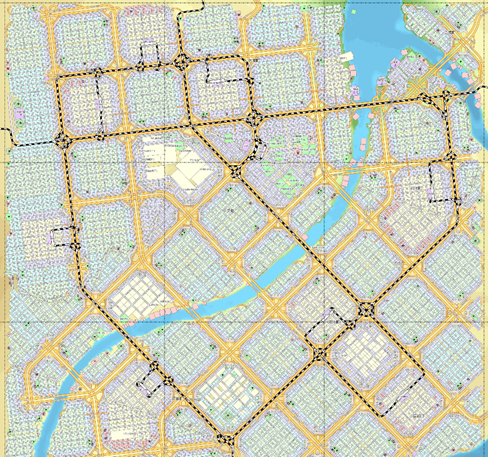
As the population of cities grows, the demand for sprawl increases. With the expansion of urban areas, the management of urban traffic has also come to a great challenge. Managers need to have quick access to information about a city’s traffic. In order to achieve this goal, it is necessary to build an information model. However, there is still a lack of research on information modeling in China, and the efficiency of modeling is relatively low. This paper analyses the terrain and climate of the existing plains in China, as well as compares previous urban designs in the world, finds that flooding often occurs in the plains of China, thus the main problems that need to be considered in the design of cities in the plains of China are drainage and population. By combining the strengths of previous urban designs, a new model of the mesh city is proposed to adapt to the plains area and help designers speed up the modeling.

 View pdf
View pdf


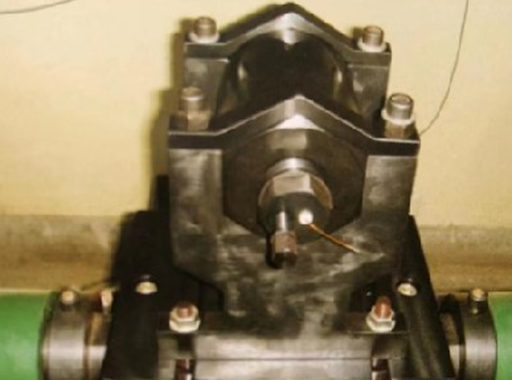
DEGDN propellant plays an important role in the use of large-caliber artillery, and its combustion and mechanical properties determine the power of large-caliber artillery. In order to study the combustion performance and mechanical properties of DEGDN propellant, four kinds of single-hole propellant with different pore diameters were prepared from DEGDN raw material ZY-11 pellets, with pore diameters of 3mm, 4mm, 5mm, and 6mm, which were recorded as 45/1-3mm, 45/1-4mm, 45/1-5mm, and 45/1-6mm, respectively. Analyze its combustion performance using closed bomb and test its impact resistance using a pendulum impact tester. The experimental results show that in the combustion process, the combustion pressure of the propellant in the higher temperature conditions, the faster its growth rate, while the whole combustion process is also faster; combustion process combustion speed will not change with the change of the aperture, only the different temperature conditions will make the combustion speed change, the higher the temperature of the maximum combustion speed it can achieve the larger. When the pore diameter is 4mm, the impact strength reaches a maximum of 30.6KJ×m-2, which is nearly 40% stronger than 45/1-3mm and 45/1-6mm.

 View pdf
View pdf


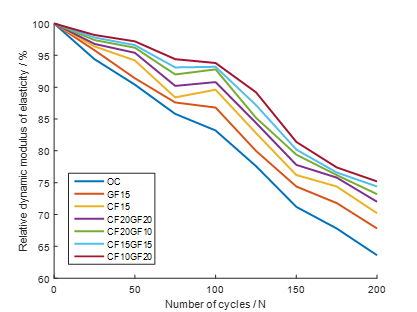
Concrete is widely used in civil engineering, and fiber materials are usually added to building concrete to enhance its durability. In order to study the freeze-thaw damage performance of different fiber reinforced concrete mixtures and accurately predict the degree of freeze-thaw damage of fiber reinforced concrete with different ratios under salt freezing conditions, this paper proposes an improved BP neural network-based method for predicting freeze-thaw damage in building concrete. Firstly, freeze-thaw cycle tests were conducted on fiber reinforced concrete with different proportions to study the variation patterns of concrete quality loss rate and dynamic elastic modulus; Then, based on BP neural network and particle swarm optimization algorithm, a concrete damage prediction model is established; Finally, conduct optimization based on the learning samples and compare and analyze the prediction errors of the model. The method proposed in this article has been verified to have good accuracy and stability.

 View pdf
View pdf


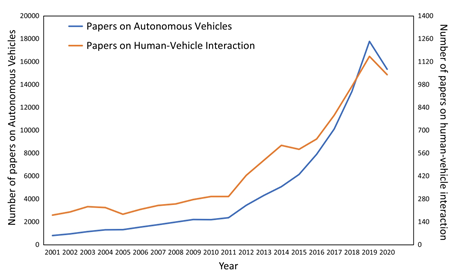
Nowadays, as time passes and science and technology improve, the interactive system of autos becomes more common, and there are far-reaching changes from the original. As autonomous driving and other functions become more developed, people are increasingly focusing on the car's interactive system. This study investigates automobile development status and trends via the lens of automobile interaction systems, comparing them between previous and present periods, using BYD’s electric vehicle interaction system as an example, and briefly exploring the current automobile interaction system. The development characteristics and influencing elements of some automobile interface systems are summarized, and the future development trend is anticipated using this information. Finally, it is determined that the automobile interaction system is progressing toward giving people a more comfortable and safe driving experience, which is a positive trend, and that more technologies may be merged into it in the future. The research in this paper that the vehicle interaction system is currently in development, and while it is merely a simple physical interaction, with the continual integration of new technologies, it has the potential to make significant progress.

 View pdf
View pdf


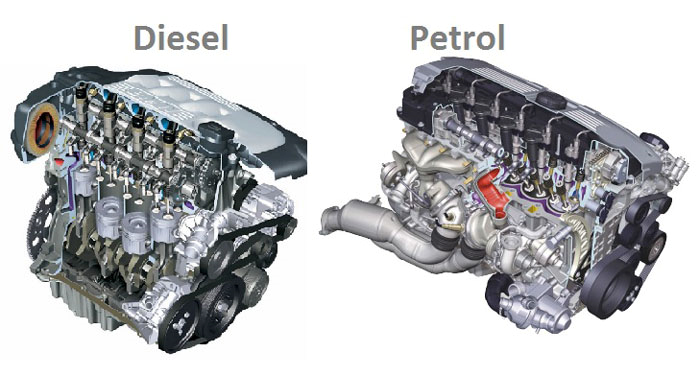
Considering that the popularity of electric vehicle trucks (EVs) is growing, this paper takes Tesla’s Cybertruck as an example and discusses its power system, autonomous driving system, design concepts and materials. The purpose of this research is to explore the trends of future automobile development that are more environmentally friendly, more capable of living, more intelligent, and more multi-functional. Through the analysis, it can be found that the future automobile technology will develop in the direction of electrification, intelligence, multi-function and multi-modal. First of all, vehicles are more inclined to use battery engines with stronger endurance and faster charging speed to further reduce energy consumption and improve efficiency. Secondly, to improve fully autonomous driving technology, future vehicles tend to combine artificial intelligence (AI) with driving control systems. Moreover, according to the different needs of different models, the most suitable design scheme is combined with aerodynamics, and the materials with stronger strength, lighter weight and easier recycling are selected for the manufacture of the body.

 View pdf
View pdf


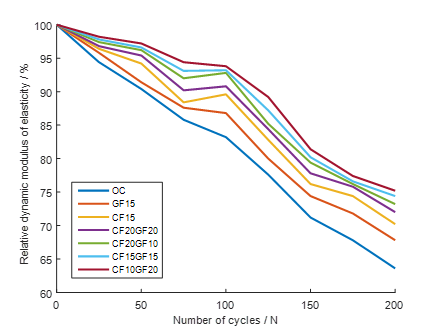
Hydraulic resources can be utilized in a cascade manner, with the advantages of energy conservation, economy, and environmental protection. In order to study the anti salt freezing performance of rock foundation in hydroelectric power dams and accurately predict the degree of rock and soil freeze-thaw damage under salt freezing conditions, this paper proposes a prediction method for the anti salt freezing performance of dam rock foundation based on an improved BP neural network. Firstly, freeze-thaw cycle tests were conducted on the rock foundation materials of dams poured with different proportions of fiber reinforced concrete to study the changes in soil mass loss rate and dynamic elastic modulus; Then, based on BP neural network and particle swarm optimization algorithm, a prediction model for rock and soil freeze-thaw damage is established; Finally, using the historical data of the Baihetan hydropower station, optimization was carried out and model prediction errors were compared and analyzed. The method proposed in this article has been verified to have good accuracy and stability, providing guidance for the operation and construction design of hydropower projects.

 View pdf
View pdf


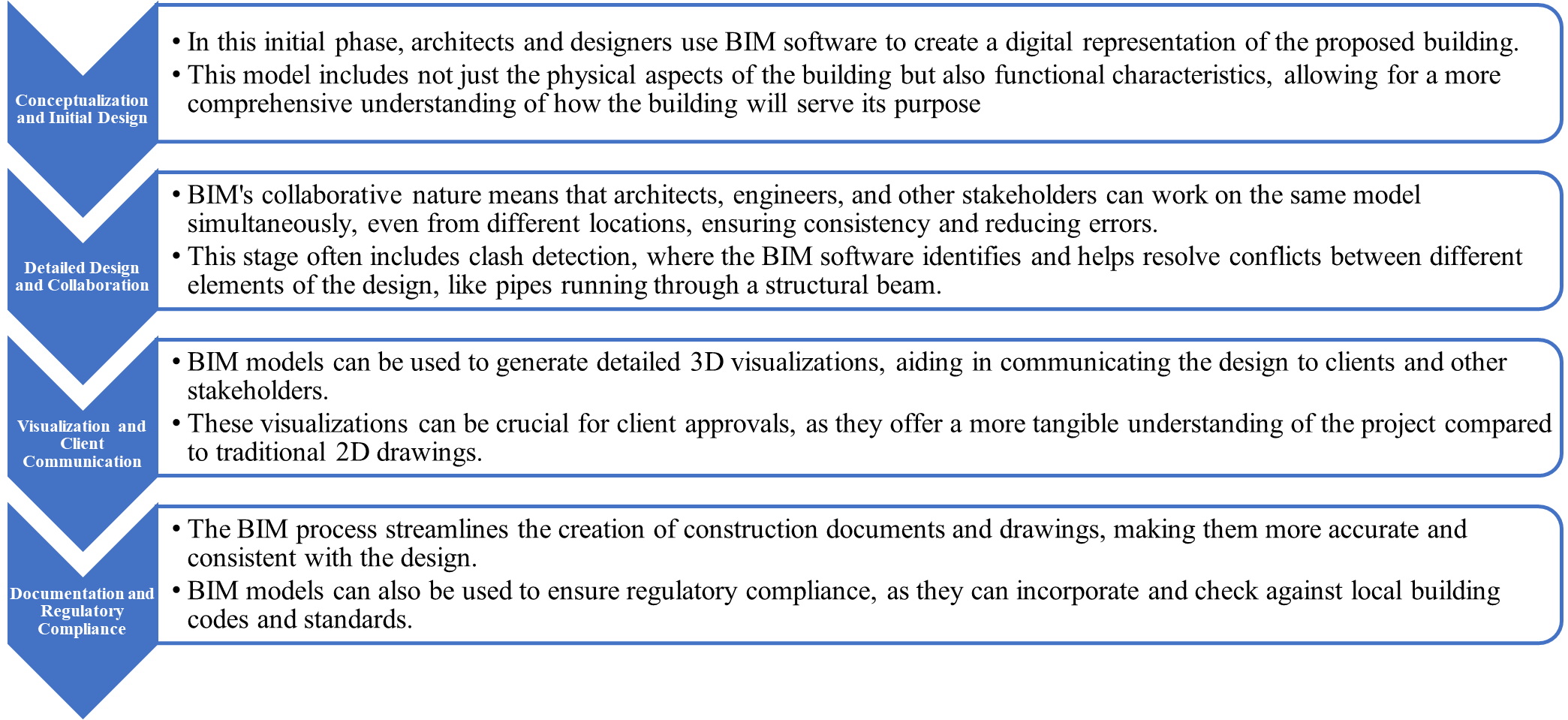
This comprehensive paper delves into the multifaceted world of contemporary architectural and environmental design, exploring an array of methodologies that emphasize sustainability, technological innovation, and socio-cultural integration. It begins by discussing the Integrated Design Process (IDP), which fosters early-stage collaboration across various disciplines, illustrated by the example of Seattle’s Bullitt Center. The paper then explores the principles of Biophilic Design, highlighting its positive impacts on human health and well-being, as seen in Singapore’s Khoo Teck Puat Hospital. The concept of Adaptive Reuse is explored next, emphasizing its role in sustainable urban development, with the Tate Modern in London serving as a case study. Further, the paper examines Green Building Technologies, Digital Design and Simulation Tools like BIM, and Smart Building Systems, showcasing their contributions to sustainable and efficient building management. The final sections discuss the importance of Community Engagement, Cultural Sensitivity in Design, and Inclusive Design, stressing the need for architecture that resonates with community values and is accessible to all. Through these discussions, the paper provides an insightful look into the current trends and future directions in architecture and environmental design, advocating for a holistic approach that balances functionality, sustainability, and cultural relevance.

 View pdf
View pdf


As the world’s population develops, there will be an increasing amount of requirement for food sources, however, traditional agriculture has been limited by many factors, like the availability of new farmland, the support of fertilizer, and the potential pollution of the growing process. Air-based meat provides an ingenious solution to this circumstance. The technology for producing protein uses air as the raw material, which means that regardless of climate conditions or seasons, protein can be produced, and it is produced within a few days rather than months, making air-based protein production gain a higher efficiency. Moreover, this process requires only a small portion of the land used in traditional meat production. However, there are several uncertainties that made this strategy have a hard time to extensively put into effect yet. The data and information in this paper are analyzed and derived from authoritative dissertations and academic websites. This paper will examine this technology from different perspectives to illustrate that advanced strategy in more detail.

 View pdf
View pdf


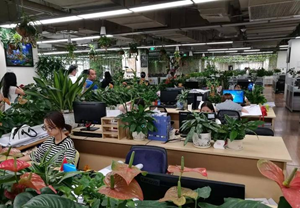
The escalating challenges posed by greenhouse effects and the imperative for sustainable solutions have garnered global attention towards mitigating environmental harm, with buildings emerging as significant contributors to carbon emissions. This case study meticulously examines the Shunde Country Garden Headquarters Building, a visually captivating exemplar of plant integration within architectural frameworks. While the initial design emphasizes aesthetics and sustainability, a deeper exploration uncovers shortcomings in considering the well-being of occupants. The integration of plants into building structures holds promise in carbon absorption and reduced energy consumption, making a positive contribution to sustainability. However, the Shunde case underscores challenges such as insufficient natural light, poor ventilation, and elevated indoor humidity levels. These issues highlight the critical necessity of aligning architectural designs with human experiences, transcending mere aesthetics and sustainability. This study also reveals a noticeable oversight in the social dimension of buildings integrated with plants within existing certifications and architectural practices. While certifications like LEED, WELL, Envision, and BREEAM primarily evaluate sustainability from a conventional standpoint, architects often prioritize aesthetics over the living experiences of occupants. The absence of comprehensive guidelines addressing human well-being and comfort impedes the widespread adoption of Vertical Greenery Systems (VGS). In response, this project aims to propose a design guideline that holistically considers environmental, economic, and social aspects. By accentuating occupants' comfort and well-being, the objective is to unlock the practical potential of VGS across various countries. The proposed design guideline encompasses environmental, economic, and social considerations. It delves into lighting, support, and landscape elements for the environment, and addresses economic aspects such as potential, construction, design, and landscape economy. Importantly, the social aspect takes precedence in the guideline, concentrating on innovation, location, and landscape. By addressing environment, economy, and society, this paper endeavors to elevate the impact of Vertical Greenery Systems on human well-being and comfort, fostering a sustainable and harmonious relationship between architecture and nature.

 View pdf
View pdf


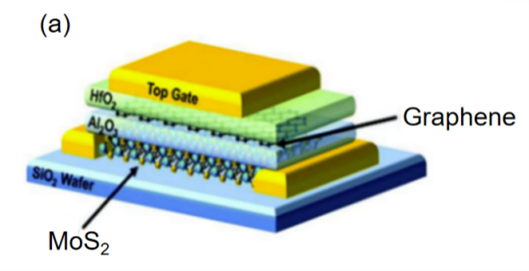
The recent surge in artificial intelligence has escalated the demand for computing performance and storage capability in information processing hardware. However, in traditional von Neumann architecture, the processing and memory units are connected by a bus with limited bandwidth, which leads to excessive time and power consumption in data transfer. To address this issue, the emerging neuromorphic architecture co-locates the memory and processing functionalities by mimicking the information processing akin to the human brain. The inefficiency of traditional technology in neuromorphic hardware has led to extensive interest in novel memristive devices. The two-dimensional (2D) transition metal dichalcogenides (TMDCs) exhibit appealing characteristics for memristive devices, including tunable bandgap, high mobility at atomic thickness, and the rich possibility of defect engineering. This review focuses on the switching mechanisms of memristive devices based on 2D TMDCs. Additionally, properties and performances of 2D TMDCs-based memristive devices are also summarized in this review with respect to different switching mechanisms.

 View pdf
View pdf




